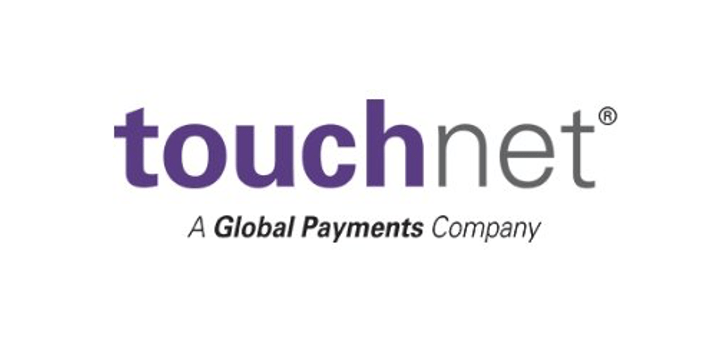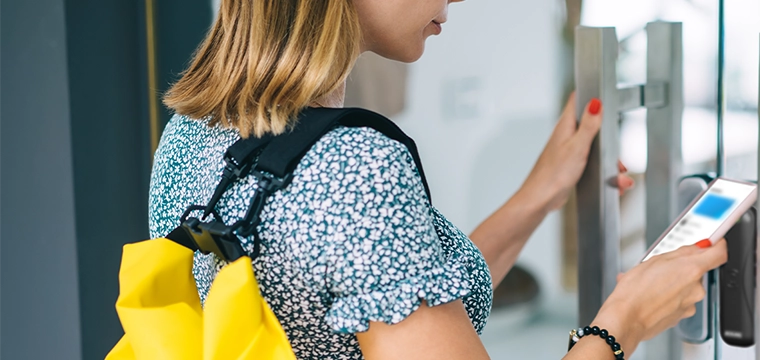
Card transaction system provider, TouchNet, has outlined some measures that universities can implement to create more contactless services on campus.
Underpinning student facing services with contactless technology, whether card-based or mobile, has been happening across the country for some time. But with universities now seeking out more ways to prevent and reduce the transmission of COVID-19 on campus, there may be a renewed focus on finding solutions that reduce contact points during student payment and access transactions.
Here are some of the options that TouchNet believes universities should consider as they look to add more contactless experiences on campus:
Campuses can limit contact between customers and cashiers by turning card readers at points of sale toward the customer. Instead of students and staff members handing their cards to cashiers to tap or swipe into card readers, they can scan their cards themselves. Schools should also consider adopting alternatives to magnetic stripe readers, both to reduce contact as well as to cycle out dated technology.
Princeton Identity Biometric terminals directly integrate into TouchNet OneCard to process meal plans. Students who have purchased food or registered to enter a dining facility at a particular time just need to stand in front of this API-integrated solution. The terminal scans their biometrics, and if their information checks out, it will trigger actions such as activating a turnstile or opening a door so the student can enter. The terminal can also be linked to lights that turn on when a student is allowed to enter the premises. No point of sale is required.
Students do not have to touch the NEXTEP self-serve kiosk screens when placing an order. Newly integrated technology allows students to select items by simply hovering their finger over what they want to purchase. NEXTEP screens are also illuminated by special ultraviolet lights that eliminate germs. To comply with social-distancing recommendations, schools can install these kiosks in specific areas of their dining facilities and encourage students to move to different designated spaces to reduce the number of people congregating when ordering.
Expanding mobile capabilities can greatly reduce contact on campus, especially in dining facilities. Instead of students having to physically visit offices across campus for services such as checking on the status of meal plans or adding funds to an account, dynamic mobile apps can provide these services right at the students’ fingertips. During in-store transactions, the OneCard mobile app features a QR code that can be scanned at point-of-sale terminals without touching anything. It eliminates having to pass cards to cashiers or put cards in direct contact with magnetic stripe readers, which can increase the likelihood of COVID-19 exposure.
TouchNet is also offering its new OrderAhead app, which enables students to browse, choose, and order menu items from their phones to leverage the campus POS infrastructure. The app enables universities to create online-only packages, sync products with certain meal plans, or make items equivalent to meals.
Administrators also can send push notifications directly to cardholders, such as messages that a certain order is taking longer than expected. The app also allows administrators to manage reservations by setting space limits on certain facilities to adhere with social-distancing recommendations.
Click here to check out more on the TouchNet offerings above and the rest of the company's suite of contactless campus solutions.




